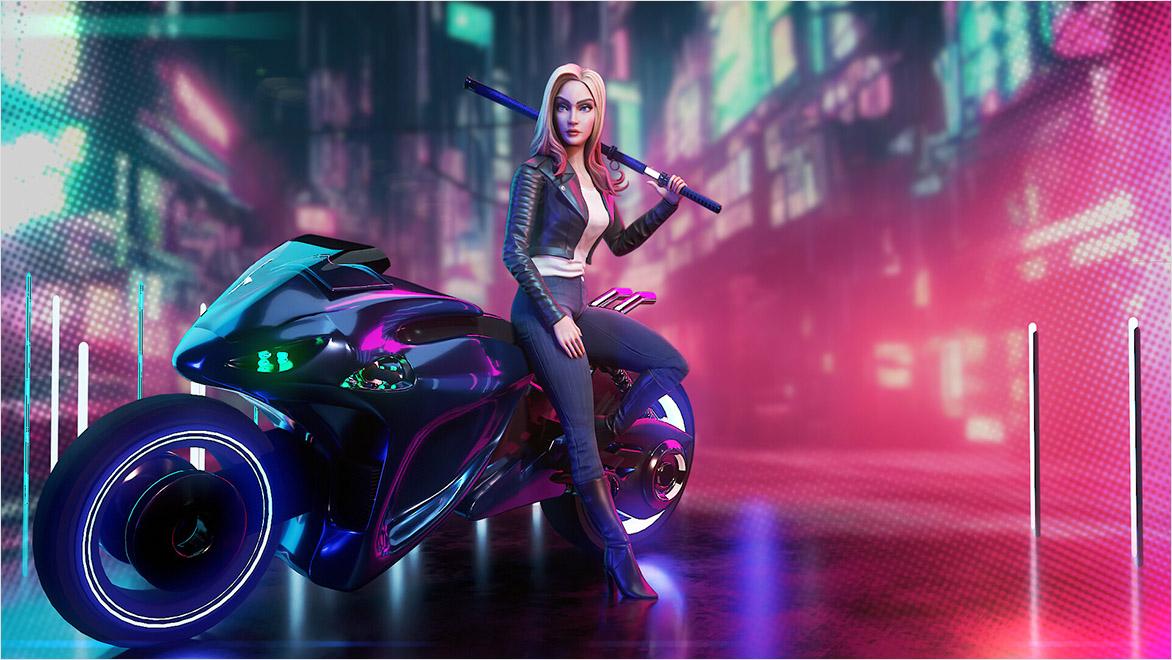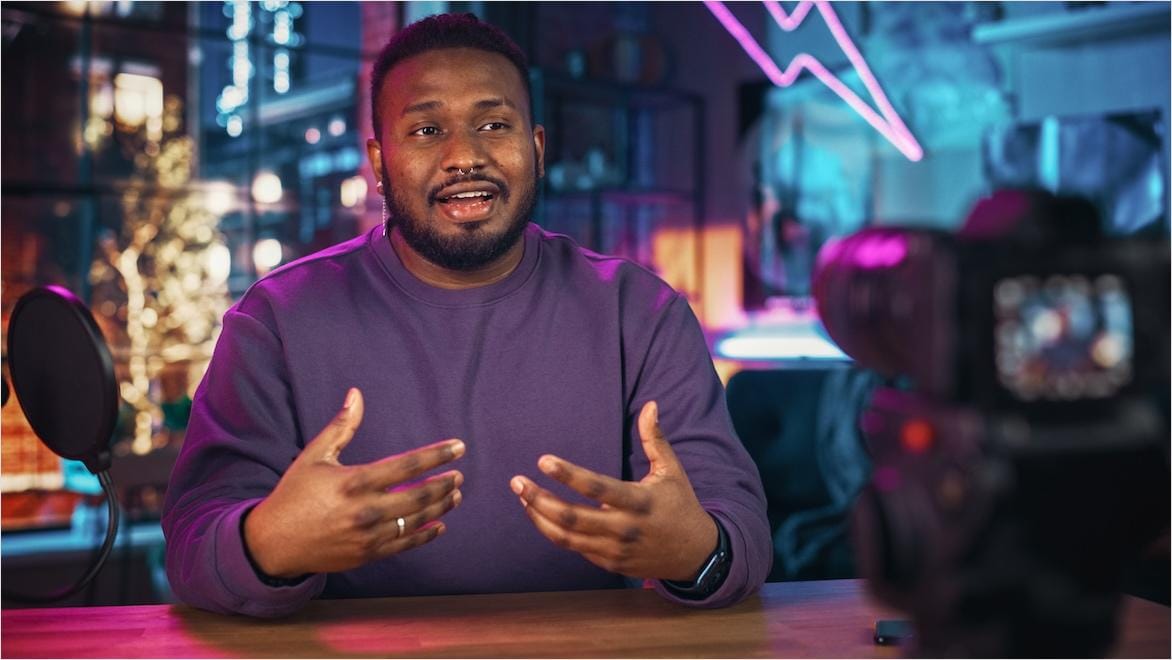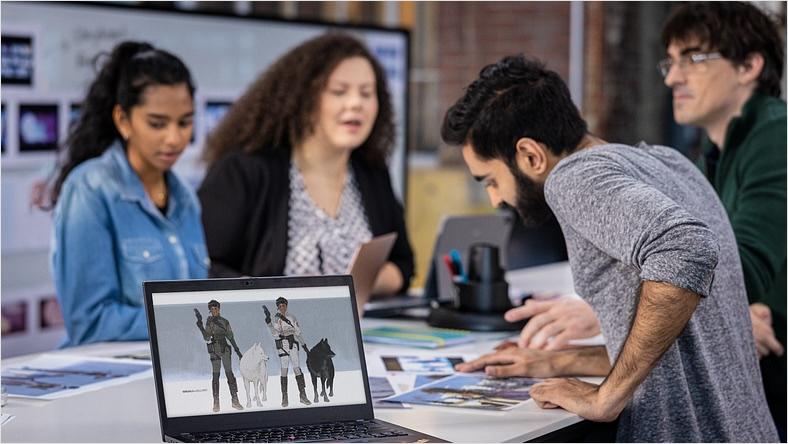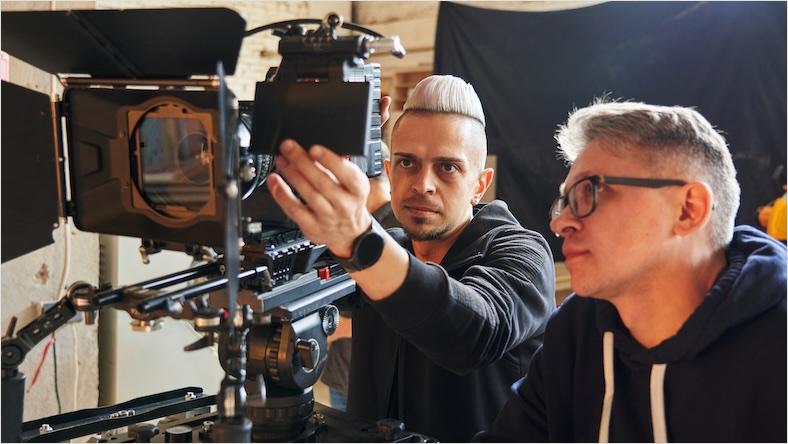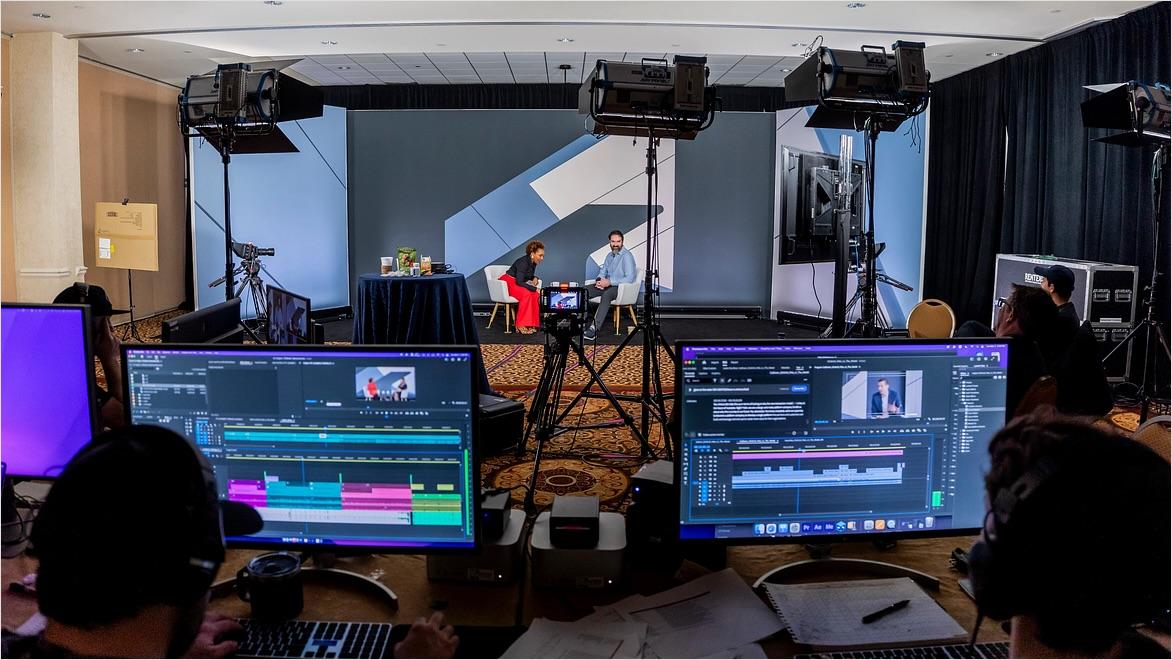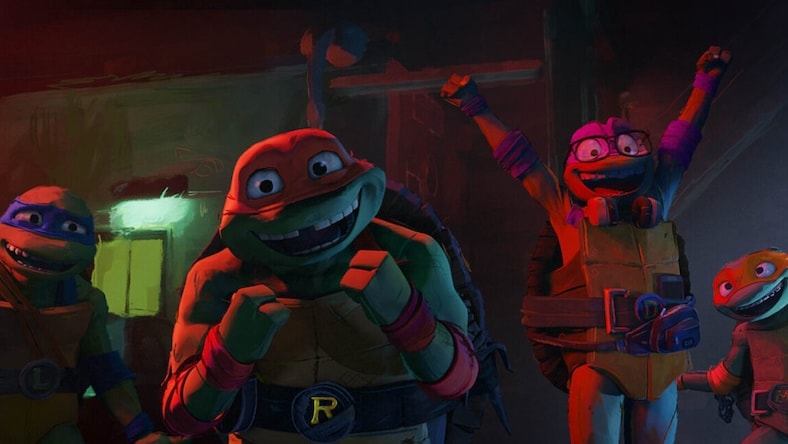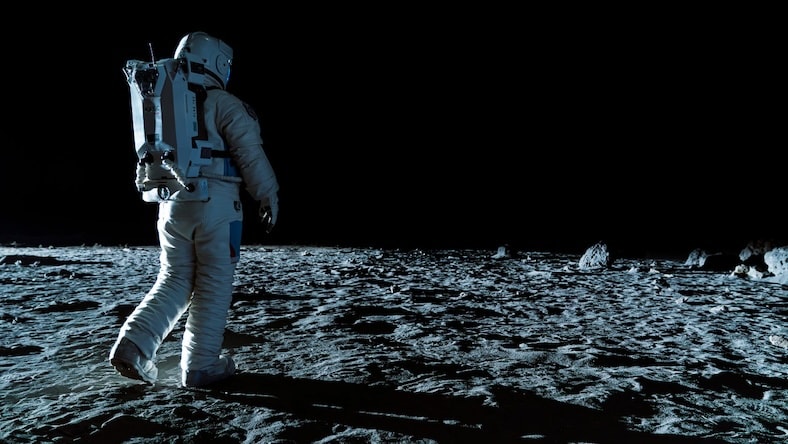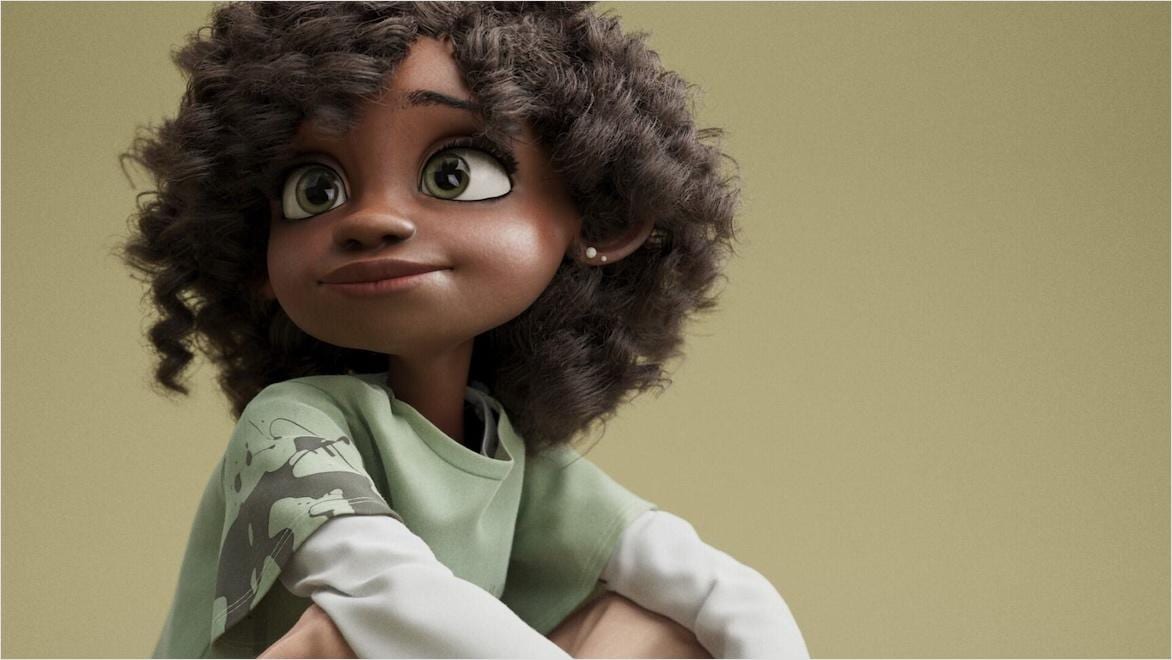& Construction

Integrated BIM tools, including Revit, AutoCAD, and Civil 3D
& Manufacturing

Professional CAD/CAM tools built on Inventor and AutoCAD
Digital content creation is the creation of audio/visual information to entertain, market, or inform—distributed across digital platforms to attract and retain an audience. It also includes the production of digital VFX and animation content using a variety of digital content creation tools. Digital content is now ubiquitous and can refer to any moving or still images, audio, and text created and distributed using computer equipment, digital creation tools, and the internet.
The term “digital content creation” has proliferated in recent years, with different meanings. For some time, the 3D animation and VFX communities have used digital content creation (DCC) to describe the work they do and digital content creation tools to refer specifically to the software used for 3D effects and animation production, such as Maya, 3ds Max, Arnold, Bifrost, and other tools in the Autodesk Media & Entertainment Collection.
However, with the explosion of social media, podcasting, e-commerce content sites, and influencer culture, digital content creation has come to refer more commonly to those smaller-scale pursuits. In this context, digital content creation tools can range from freeware to a suite of high-end software programs to hardware such as a laptop webcam or an 8K cinema camera. Digital content creation software is easier than ever to use and has decreased associated costs for storage, processing, and distributing content because of technologies like the cloud.
Technology that takes advantage of advances such as connected data, artificial intelligence (AI), efficient workflows, and cloud computing continually changes and improves the way content is made. Digital creation tools have eased the barrier of entry for artists, and the low cost of mass distribution gives creators access to potential audiences at a scale that pre-digital professional studios could only dream of.
Digital content creation is available to creators large and small. Examples of digital content creation include:
From YouTube to Facebook and Instagram, social media networks are among the most voracious markets for digital content creation. A well-made video with an interesting or catchy topic can generate a lot of engagement and even go viral.
With limited attention spans and a proliferation of content, using digital content creation tools to make online video advertising for your business can be a powerful way to reach potential customers.
From large studios producing AAA games to indie software houses, game developers can use digital content creation tools like Maya and 3ds Max to create convincing worlds for gamers to immerse themselves in.
Regardless of the type of content you’re creating, digital content creation usually follows a similar process:
Before you create anything, you need to be clear about what you want to make and why. This could be a video on a particular topic, an interactive infographic, or anything else. The first step is to conduct research and use it to create a plan and ultimately a script for the content.
The actual creation process will depend on the type of content you’re producing, but usually involves bringing together crew, such as actors, lighting technicians, sound engineers, and animators, and procuring equipment like cameras and mixing boards.
For online content creation, a key step is to monitor how well the content did. This can be done by setting key performance indicators (KPIs), such as number of clicks, likes, or impressions in advance, and then monitoring them as the content is rolled out.
Acquiring, collecting, processing, and encoding footage or raw material makes up most of the digital content creation process. However, modern digital content creation tools automate repetitive tasks so artists can focus on being creative and meeting deadlines.
Digital content creation tools can connect with each other, and when users host and work on projects in collaborative environments like the cloud, that means stakeholders across the process can access and take action on the final product in real time.
You’ll need a range of equipment to create digital content in addition to digital content creation software tools like Maya and 3ds Max. Filming requires a high-quality digital video camera, as well as lenses for different types of shots. You’ll also need an assortment of lights sufficient for your scenes, sound recording equipment and mics, and monitors for the director and other team members to observe the camera output.
MIKROS ANIMATION
At a global animation studio, the collaboration between creative and technical teams using Autodesk Design & Make software leads to distinctive animation styles for iconic films like Teenage Mutant Ninja Turtles: Mutant Mayhem.
Image courtesy of Mikros Animation
UNTOLD STUDIOS
The world’s first fully cloud-based creative digital content creation studio collaborates using Autodesk’s platform, which includes Maya for character animation, Flame for finishing, Arnold for rendering, and Flow Production Tracking (formerly ShotGrid) for production management.
Image courtesy of Untold Studios
DEXTER STUDIOS
A Seoul-based digital production company renowned for its virtual production and VFX work has integrated Universal Scene Description (OpenUSD) into its pipeline using custom tools to make workflows more efficient between teams.
Image courtesy of Dexter Studios
Content is nothing without an audience. Before creating digital content, you should establish there is an audience for it—and who that might include. Fortunately, you can use online content creation tools, such as AnswerThePublic and Ubersuggest, to explore popular subjects and to see what questions people are asking about these topics within your remit. You can use this research to brainstorm ideas and ultimately create digital content that will capture people’s attention and clicks.
If you’re working in Maya, Arnold, Flame, 3ds Max, Flow Capture (formerly Moxion), or Flow Production Tracking (formerly ShotGrid), Autodesk’s Media & Entertainment blog keeps you abreast of industry trends, events, artist stories, tutorials, and more.
Subscribe to Autodesk’s Media & Entertainment YouTube channel for valuable digital content creation how-tos, insightful artist and studio profiles, and jaw-dropping showreels.
Welcome to your online hub for all the digital creation news, stories, and tutorials in the fields of animation, VFX, motion graphics, and design visualization and where you can post your work and learn from others.
This Autodesk University class shows how to take advantage of the explosion in technology with the newest digital content creation tools and how they can promote interactivity and expand creators’ reach.
Learn how to tackle complex creative challenges with tools for 3D digital content creation.
See how content pipelines for e-commerce can be run efficiently with Autodesk tools.
Digital content creation software such as Autodesk Maya, Bifrost, 3ds Max, and Flame can enable artists to conceptualize, design, and create animations or VFX from scratch.
Digital creation tools like nonlinear digital editing software can be used to cut, mix, and assemble raw footage with animation, VFX, and more. Software for audio editing and postproduction processes addresses aspects such as color grading and sound mixing. Artists in VFX or animation benefit from using digital content creation software such as 3ds Max and Maya for 3D modeling and animation, MotionBuilder for 3D motion capture, and Arnold for rendering.
A prime example of creating digital content is media production—most modern movies and shows are captured digitally, so their footage is stored digitally in cameras and external storage systems. To create and refine this content, VFX and animation studios work on sequences or shots and Foley artists capture sound effects digitally. Internal and external teams work with the production to execute the director’s vision, employing a variety of digital content creation tools along the way.
Every element is imported into editing software, where it’s assembled into the most effective cut using a digital content creation process. Because everything is digital, every shot (down to individual frames), sound, and postproduction treatment can be altered or removed before rendering a finished product.
